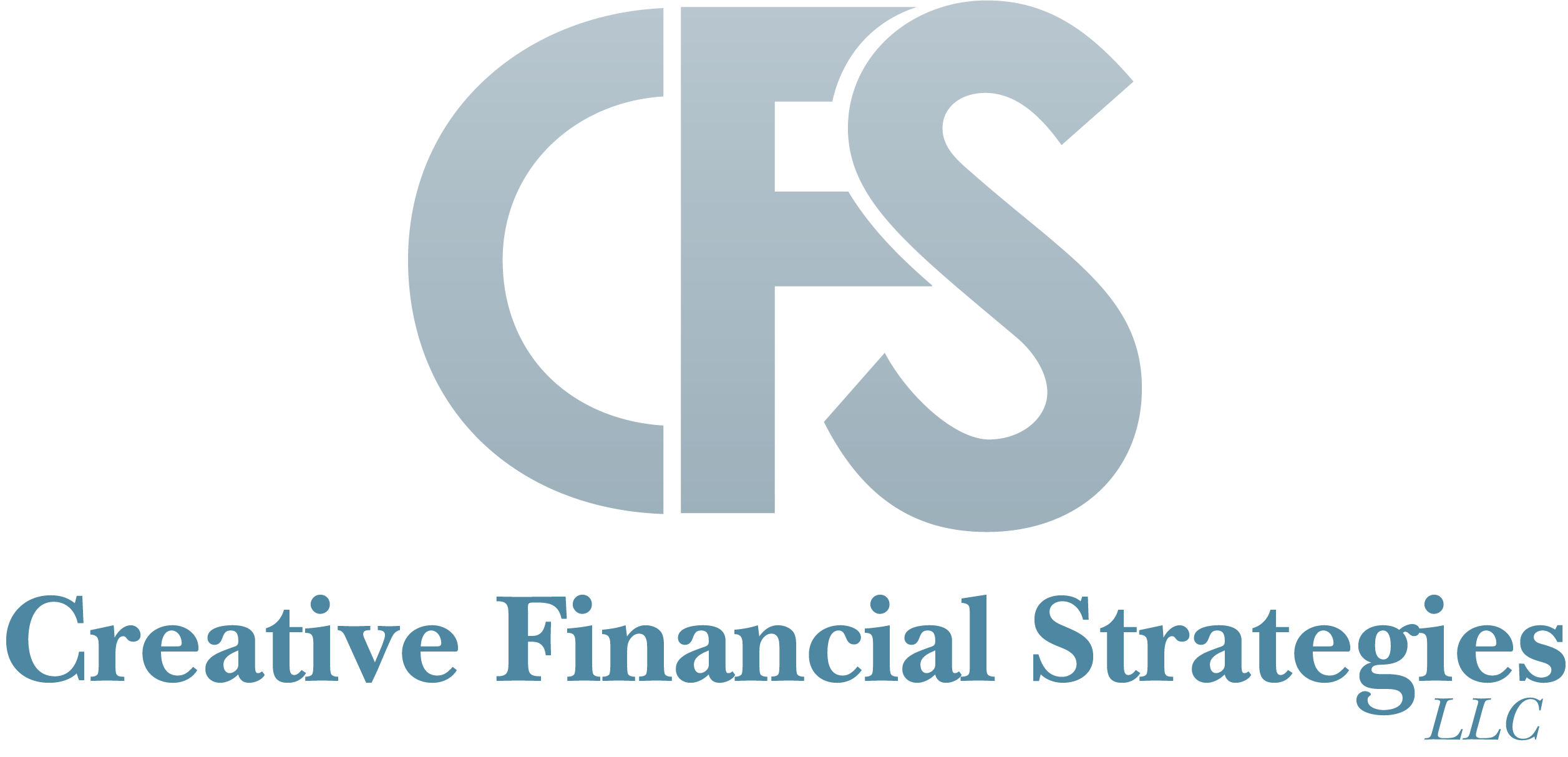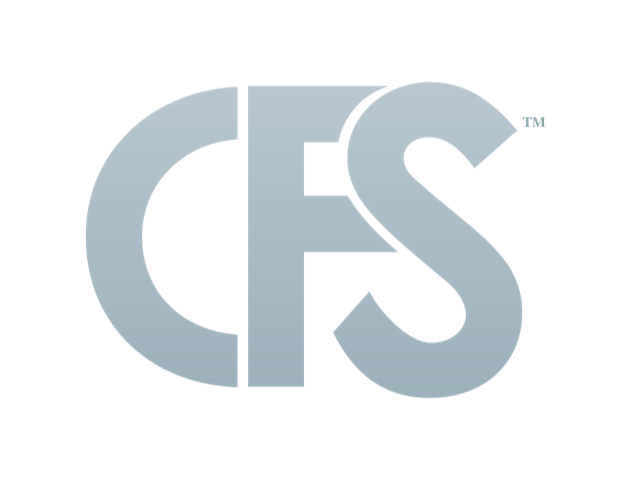Self-Employment Tax Benefits & Deductions
There are many benefits of being self-employed, but sometimes it can feel as though there are just as many hindrances. Many owners consider staying abreast of tax laws and changes tedious and frustrating, so partnering with an expert is generally in your best interest. If you’re looking for some positives, consider these deductions to help make your tax bill a little lighter.
1. Qualified Business Income: Out of the 2017 Tax Cuts and Jobs Act was born the qualified business income deduction or QBI. This tax break allows owners of select businesses, like S corps, partnerships, and sole proprietorships, to deduct up to 20% of their business’s yearly income on their personal tax return. However, to be eligible, an individual must make $170,050 or less, and joint filers must make less than $340,100 combined.
2. Self Employment Tax: Medicare and Social Security taxes that self-employed individuals make are deductible as a self-employment tax. Unlike income tax, self-employment tax rates are 15.3% of net earnings (12.4% Social Security tax on the first $147,000 plus 2.9% for Medicare on the first $200,000 plus 3.8% on all self-employment income above $200,000). You can deduct half of this on your income taxes on your Form 1040 when tax time rolls around.
3. Continuing Education: You’ve got to be sharp to run a business, and luckily, you can catch a tax break for investing in yourself. Self-employed individuals can deduct qualifying work-related education from their tax bill. The central qualifier states that expenses must maintain or improve the skills needed for your present work, such as classes, tuition, and supplies.
4. Retirement Savings: If you’re invested in a solo 401(k), then you may have a retirement-related tax deduction option. Contributions to a solo 401(k) or one-participant 401(k) can be tax-deductible. In 2022, the deductible sum is $61,000 ($20,500 as an employee + $40,500 as an employer) along with a $6,500 catch-up contribution if you’re over age 50. As the employer, you can make an additional profit-sharing contribution of up to 25% of your compensation or net self-employment income (your net profit minus half your self-employment tax and the plan contributions you made for yourself). The limit on compensation that can be used for your contribution is $290,000 in 2021 and $305,000 in 2022.
Adapted from NerdWallet1
Adapted from Yeo and Yeo2
Adapted from NerdWallet3
Securities offered through SCF Securities,Inc. Member FINRA/SIPC 155 E. Shaw Ave. Suite 102, Fresno, CA 93710 • (800) 955-2517 •Fax (559) 456- 6109. SCF Securities, Inc. and Creative Financial Strategies LLC are independently owned and operated. www.scfsecurities.com Note: Securities offered through SCF Securities Inc., Investment Advisory Services offered through SCF Investment Advisors, Inc.This document is for educational purposes only and should not be construed as legal or tax advice. One should consult a legal or tax professional regarding their own personal situation. Any comments regarding safe and secure investments and guaranteed income streams refer only to fixed insurance products offered by an insurance company. They do not refer in any way to securities or investment advisory products. Insurance policy applications are vetted through an underwriting process set forth by the issuing insurance company. Some applications may not be accepted based upon adverse underwriting results. Death benefit payouts are based upon the claims paying ability of the issuing insurance company. The firm providing this document is not affiliated with the Social Security Administration or any other government entity.


